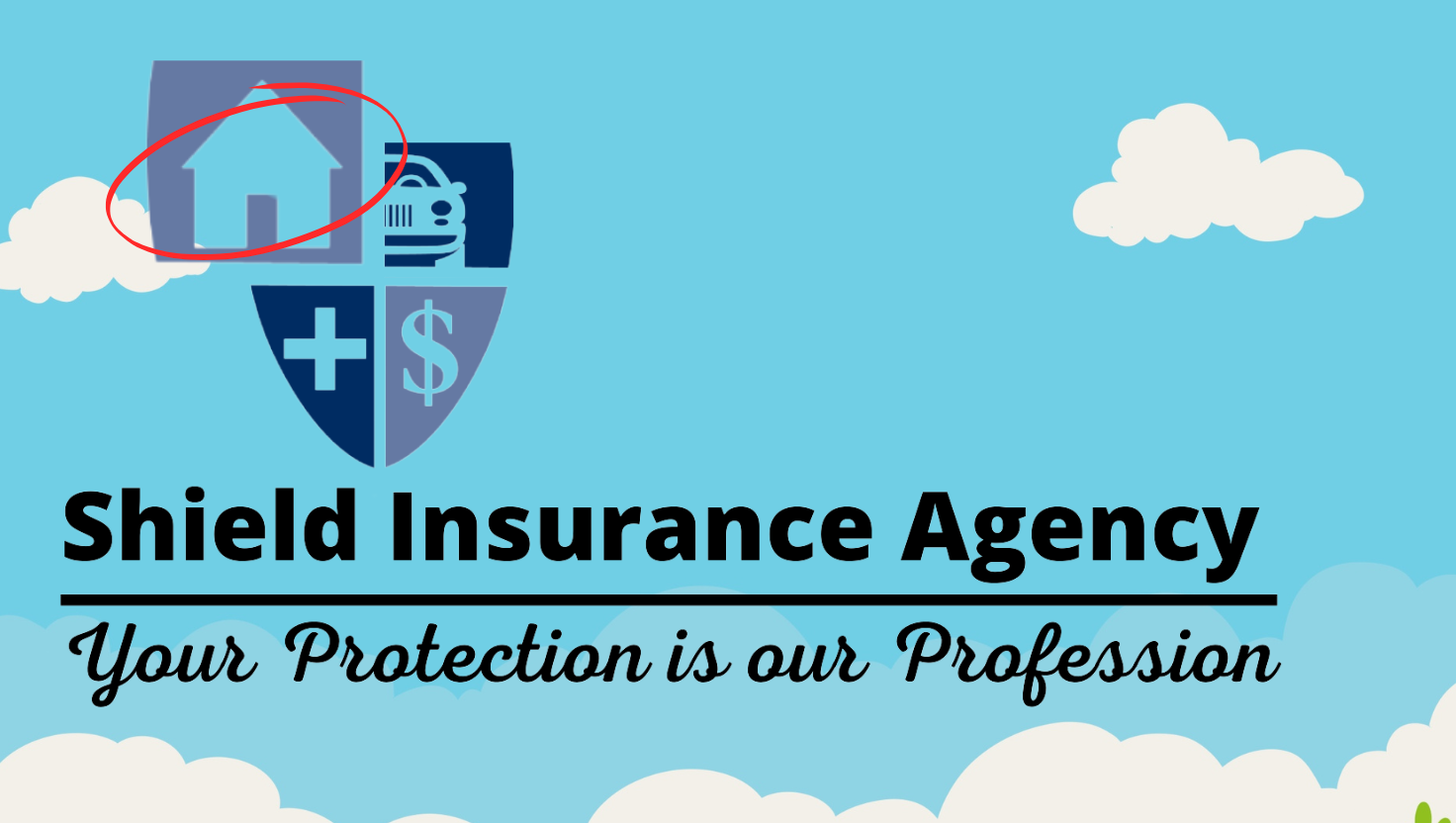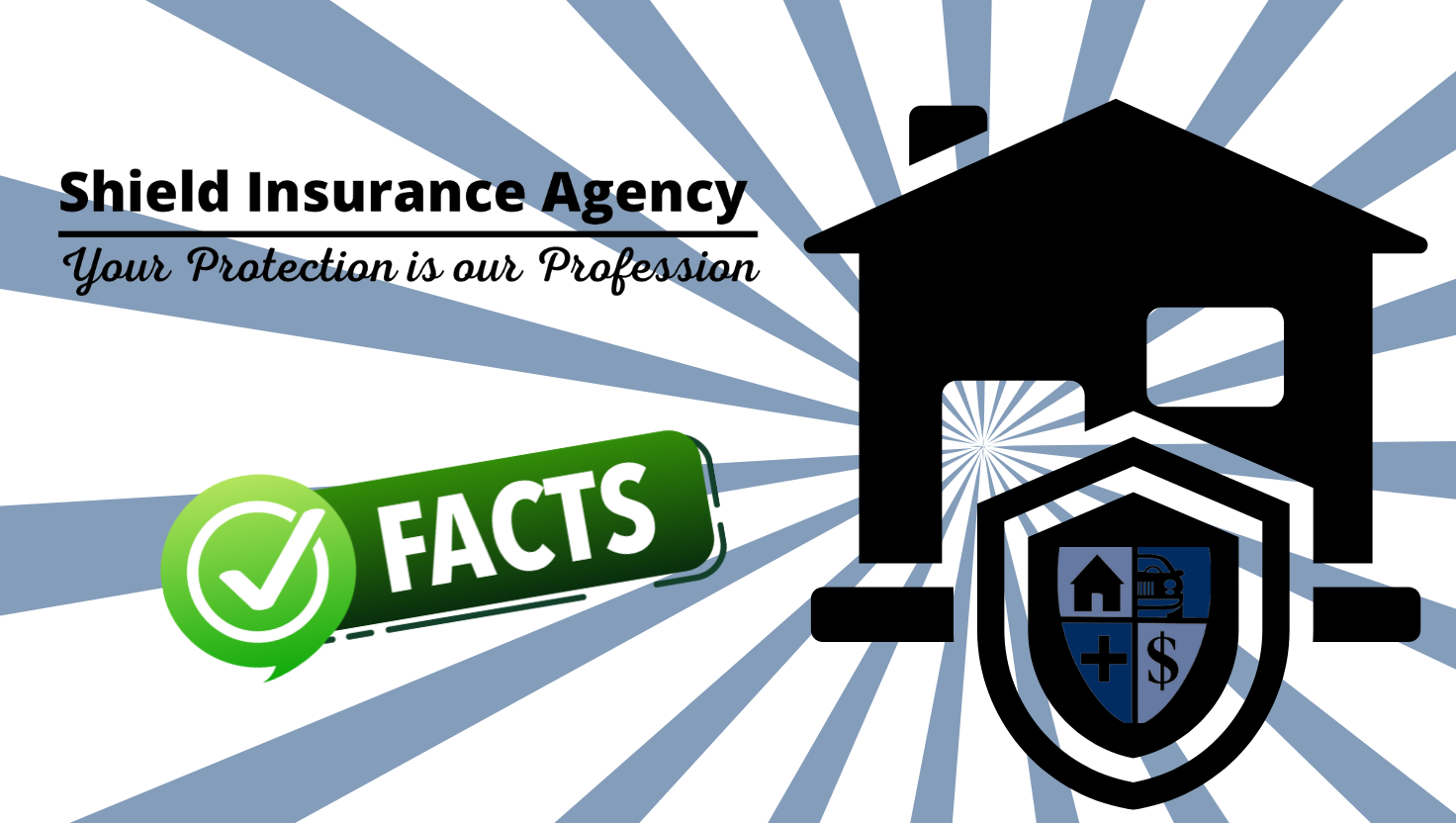
5 Home Renovation Projects for the best ROI
5 Home Improvement Renovation Projects That May Have the Biggest Return on Investment
Conventional wisdom has long held that kitchens and baths sell homes. Those are also two of the more expensive areas to tackle for home renovation, but if you make sound design decisions and choose the right materials, you could end up making your home more appealing to potential buyers – and a more enjoyable place for you to live. And, if you’re handy, some of these ideas may even be great DIY (do-it-yourself) home projects.
A study from the National Association of Realtors confirms that kitchens and baths still top the list of interior home improvement projects that appeal most to potential buyers. The survey ranked the projects by the percentage of the remodel cost that would likely be recovered based on the home’s resale value after the remodel. These five home improvements can potentially provide the biggest bang for your buck when it comes to ROI.
Complete Kitchen Renovation
- National Association of the Remodeling Industry’s (NARI®) cost estimate for the project: $68,000
- REALTORS® estimated cost recovered: $40,000
- Percent of value recovered from the project: 59%
The look and feel of a kitchen can serve as shorthand for how up-to-date the owners have kept a house. Potential buyers have been known to rule out homes based on kitchens alone. Stainless steel appliances and granite countertops continue to be on many buyers’ checklists, especially those who want to move right in and start entertaining.
The top reason for renovating a kitchen, cited by 24% of homeowners, was to upgrade worn-out surfaces, finishes, and materials. According to the Remodeling Impact Report, 10% of realtors said a completely renovated kitchen most recently helped them clinch a deal, resulting in a closed sale.
Kitchen Upgrade
- NARI’s cost estimate for the project: $38,300
- REALTORS® estimated cost recovered: $20,000
- Percent of value recovered from the project: 52%
A less expensive alternative to completely gutting a kitchen is an upgrade to the current design. Replacing dated appliances, refinishing cabinets, and changing out tile backsplashes are some cost-effective updates that can still modernize a kitchen and make it more appealing to buyers.
While 12% of realtors suggest that sellers completely remodel their kitchens, 57% have suggested a kitchen upgrade. Twenty percent of realtors have said a kitchen upgrade most recently helped complete a deal. In addition to the resale value, kitchen improvements can also help you enjoy your time in your home, with better functionality and livability cited by 29% of respondents as the most important result of their remodel.
Travelers want to help you protect the things that matter to you. We offer a wide breadth of products so you can be covered at home and on the road.
Bathroom Renovation
- NARI’s cost estimate for the project: $35,000
- REALTORS® estimated cost recovered: $20,000
- Percent of value recovered from the project: 57%
Bathrooms are another place where a home can show its age, and potential buyers may hesitate at the cost and work involved in remodeling an outdated bathroom after buying a home. Still, while 33% of realtors have suggested sellers complete a bathroom renovation before completing a sale, only 4% said the project most recently helped them complete a deal.
New Bathroom
- NARI’s cost estimate for the project: $60,000
- REALTORS® estimated cost recovered: $30,000
- Percent of value recovered from the project: 50%
A remodeling decision often driven by function rather than a desire to modernize, adding a new bathroom is nearly as expensive as completely remodeling a kitchen, but with less of a “wow factor” for potential buyers. With only 5% of realtors suggesting that sellers add a bathroom and only 1% saying the project most recently helped clinch a deal for them, this may be one project that makes more sense for homeowners planning to be in their homes for several years.
New Master Suite/Owners’ Suite
- NARI’s cost estimate for the project: $150,000
- REALTORS® estimated cost recovered: $75,000
- Percent of value recovered from the project: 50%
The costliest project on the list, a new master suite or owner’s suite, is another project that may have greater value to you while living in the home rather than in making it attractive to future buyers. Sixty-five percent of respondents said they have a greater desire to be home since completing the project. Only 3% of realtors have suggested that sellers complete an owner’s suite before attempting to sell, and less than 1% said the project most recently helped clinch a deal for them.
Still deciding where to focus your budget for home improvement? Make a list of the reasons you’re considering each project, and be sure to consider the impact on your home insurance, too. Want to attract future buyers and increase the value of your home? Kitchens and bathrooms remain a good place to start. If you plan to remain in your home for a number of years, you may want to update a bedroom, add a bathroom, convert a basement to a living area or tackle any other project that will add to your own appreciation of where you live.





















































